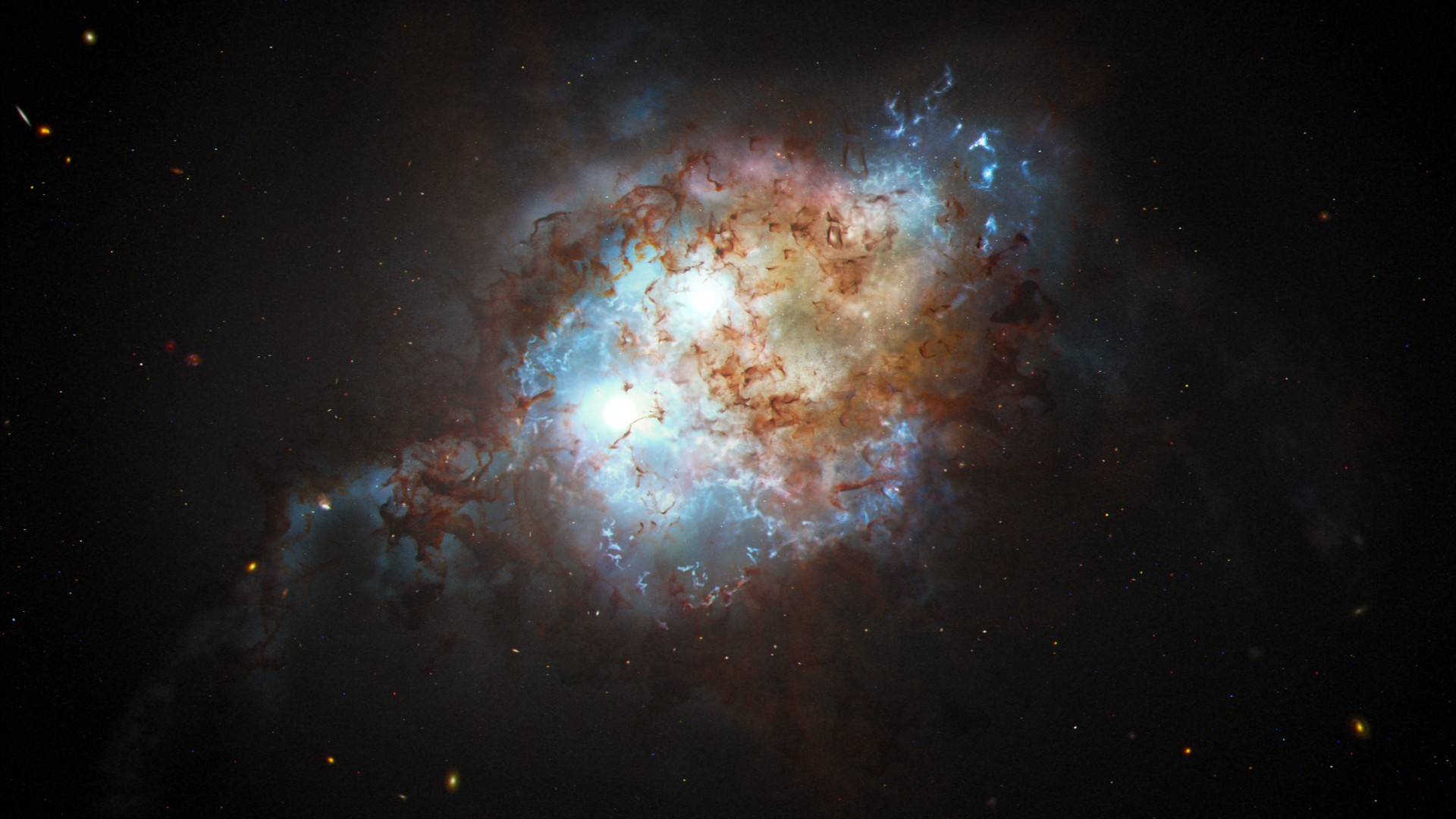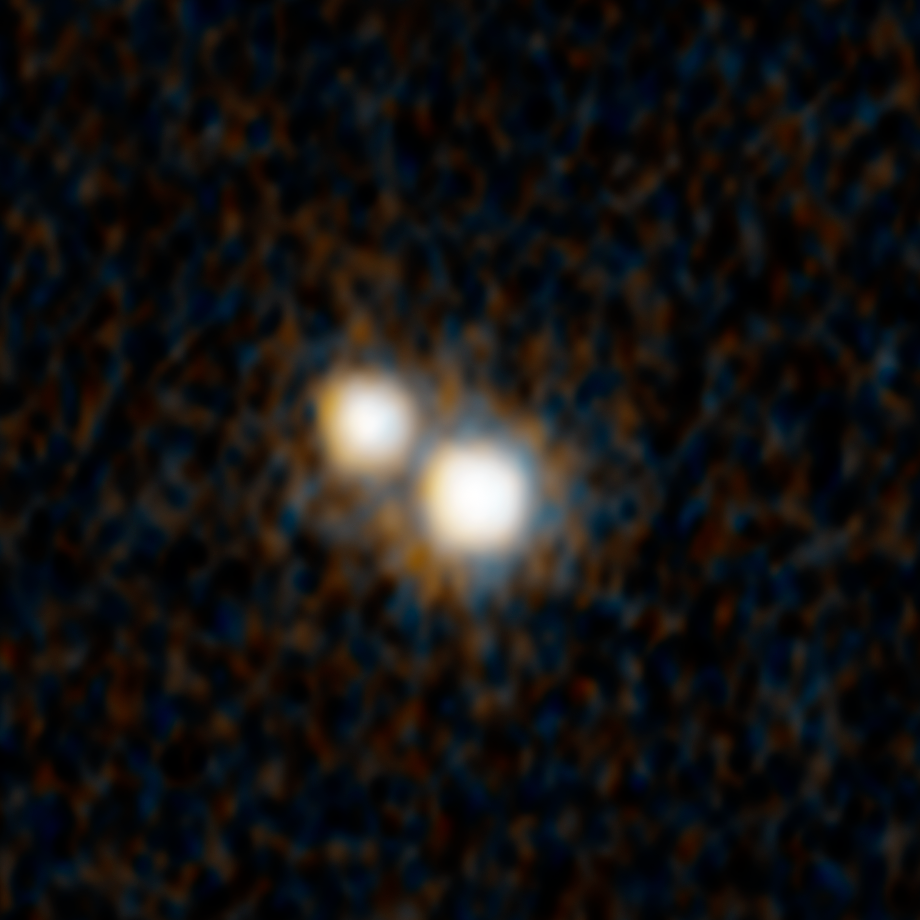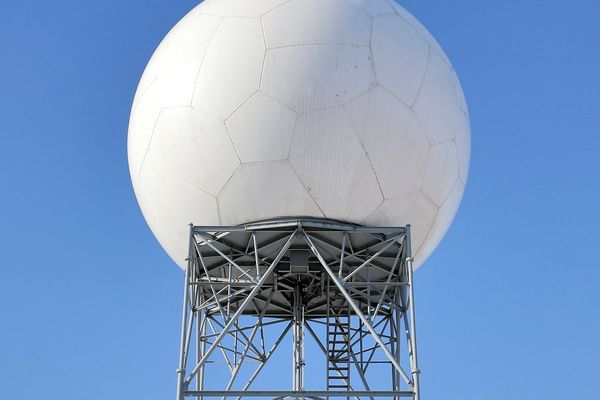
After 33 years, the Hubble Space Telescope is still uncovering new cosmic surprises. The venerable instrument recently added to its extensive catalog of finds when it spotted a rare double quasar blazing away in the distant reaches of the universe.
Researchers published a paper detailing the discovery on April 5 in the journal Nature.
Quasars are among the brightest objects in the universe, emitting more light than the entire Milky Way. They form when gas, dust and other bits of matter fall into a supermassive black hole at the center of a galaxy, according to the European Space Agency. Some of these particles become extremely luminous as they accelerate to near-light speed, thanks to friction and the massive gravity exerted on them by the black hole.
Related: Object mistaken as a galaxy is actually a black hole pointed directly at Earth
In addition to being bright, quasars tend to be very old; it takes a long time to gobble up enough matter to become so gargantuan. The newly discovered quasar pair is no exception: They appear to have formed around 10 billion years ago. Scientists theorize that such objects were hallmarks of the early universe. But the twin nature of these objects makes them particularly exciting.

"We don't see a lot of double quasars at this early time in the universe," Yu-Ching Chen, a researcher at the University of Illinois at Urbana-Champaign and lead author of the study, said in a statement.
Because of the way light bends around a massive gravity source — an effect called gravitational lensing — it can be difficult for scientists to determine whether an apparent double quasar is genuine or an optical illusion. But in this case astronomers were able to use ground-based telescopes to double-check Hubble’s work. They used data from the W. M. Keck Observatory in Hawaii to confirm that the quasars were a binary system, rather than a trick of the light.
Despite their recent discovery, the double quasars likely no longer exist: In the intervening eons from the light leaving the quasars to the moment it was picked up by Hubble, they have likely collided and merged with one another into a single black hole even more massive than the two that went into it. Likewise, the galaxies orbiting them have probably become one gigantic elliptical galaxy. Scientists believe that studying mergers like these could help us piece together a deeper understanding of how galaxies like our own came to be.
Hubble is scheduled for decommissioning in 2026, but that doesn’t mean astronomers will have to give up quasar hunting. One of its successors, NASA's Nancy Grace Roman Space Telescope, is set to launch in 2027. This instrument will peer into a similar slice of the electromagnetic spectrum as Hubble but with an even wider view, making it ideal for tracking down quasars.







